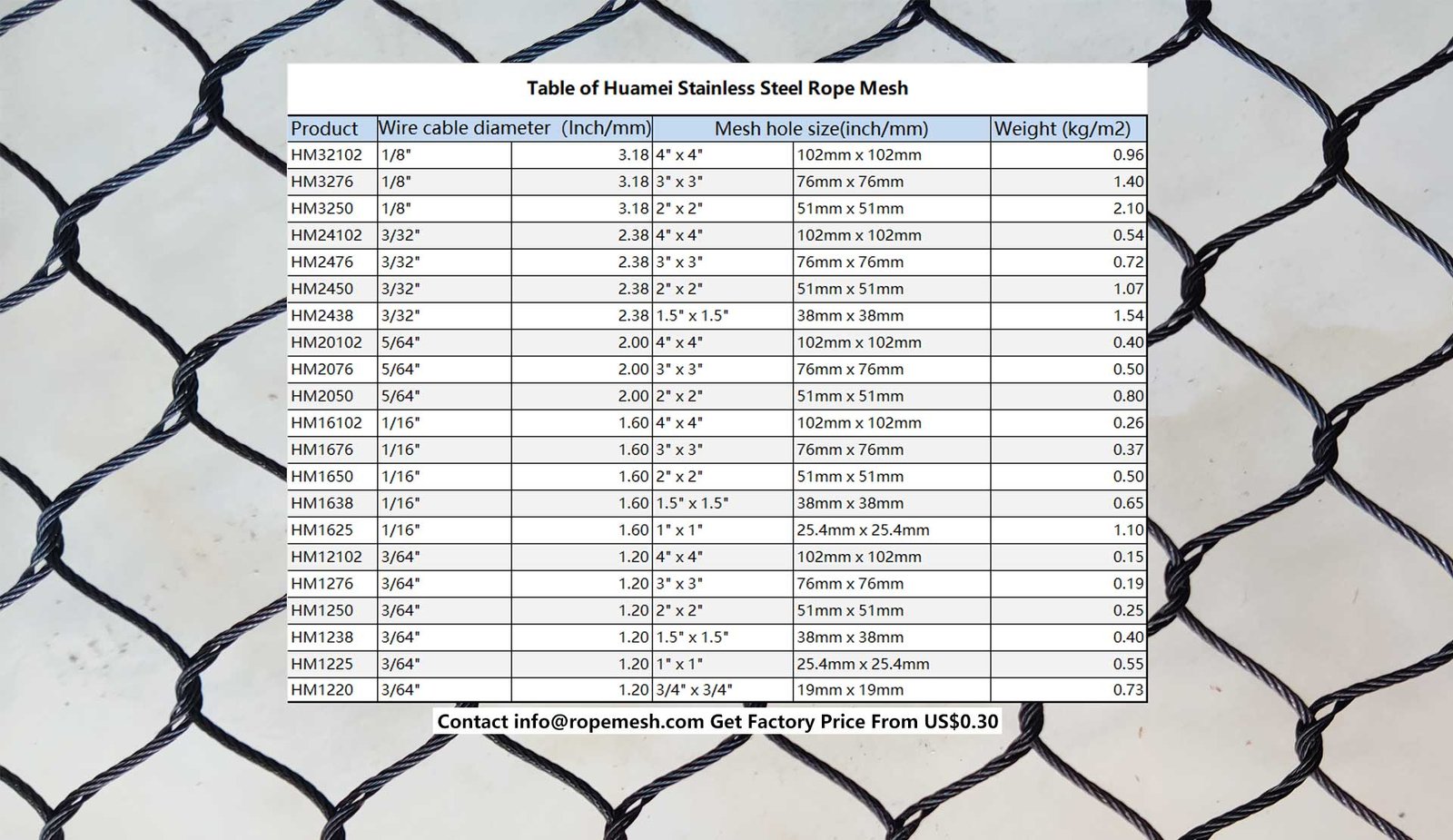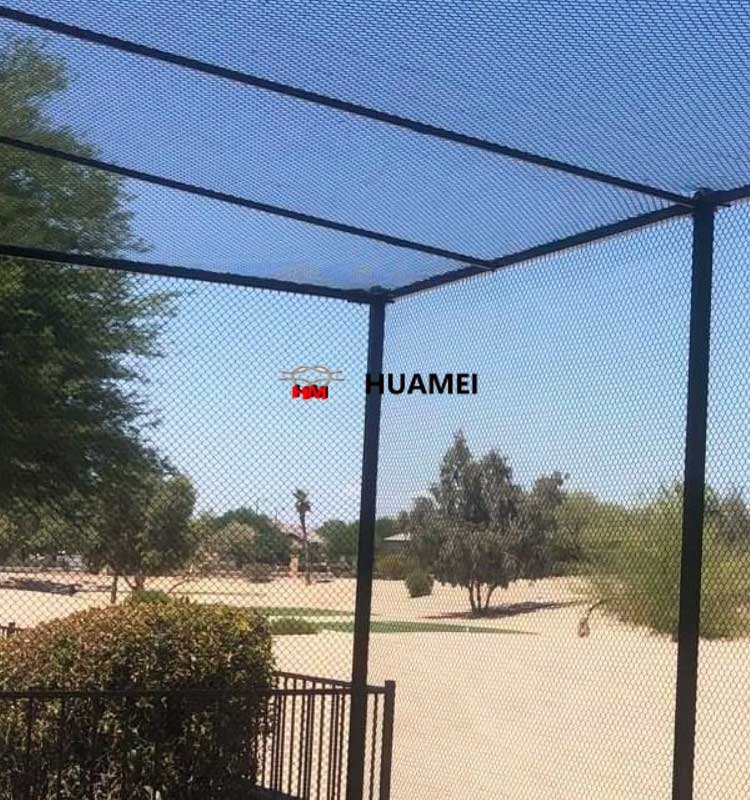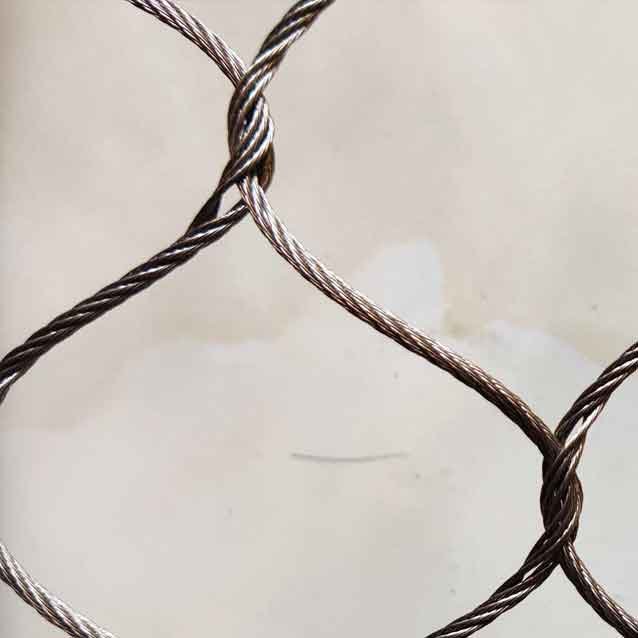Introduction
Stainless Rope Mesh: A Versatile and Durable Material
Have you ever wondered about the intricate metal mesh that adorns modern buildings or the sturdy fencing that protects livestock? Chances are, you've encountered stainless rope mesh. This versatile material has become a popular choice for a wide range of applications, thanks to its exceptional properties and aesthetic appeal.
Key Benefits of Stainless Rope Mesh
- Corrosion Resistance: Unlike traditional materials, stainless rope mesh is highly resistant to rust and corrosion, making it ideal for outdoor and harsh environments.
- High Tensile Strength: Its strong construction ensures durability and longevity, even under heavy loads.
- Flexibility and Adaptability:Stainless rope mesh can be easily shaped and adapted to fit various designs and requirements.
- Aesthetic Appeal: Its modern and elegant appearance adds a touch of sophistication to any project..
In this guide, we'll delve into the different types of stainless rope mesh, its numerous applications, and the benefits it offers. Whether you're an architect, engineer, or simply curious about this versatile material, you'll find valuable information here.


